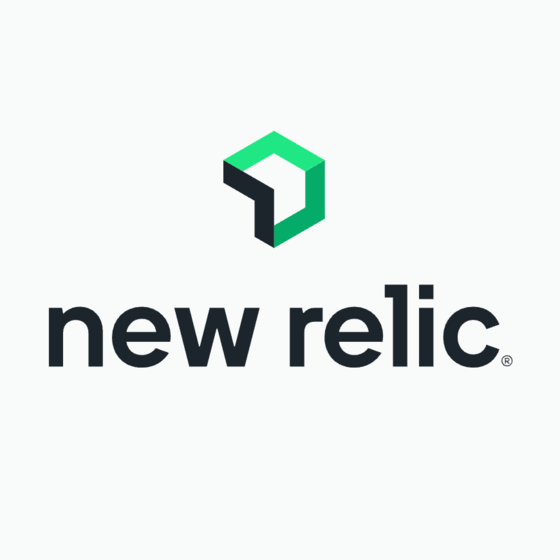Endpoint management has long been a staple of IT operations. Many businesses have deployed endpoint management solutions for years to help track, monitor, update, and secure the PCs, servers, mobile devices, and other endpoints that connect to their networks.
But that doesn't mean that little is happening in the world of endpoint management tools and platforms. On the contrary, a variety of new trends are reshaping the space and differentiating solutions.
To highlight what decision-makers need to know about modern approaches to endpoint management, I spoke with Todd Kokoszka, CTO of Recast Software. He shared how endpoint management solutions are evolving and which considerations decision-makers must weigh today to ensure that their endpoint management strategies can address endpoint management needs not just today, but also into the future.
Let's dig in!
1. What do endpoint management solutions do?
The primary role of endpoint management software is to identify endpoints connected to a business’s network, monitor them, and secure them. Typically, endpoint management solutions do these things by automatically detecting devices on the network, determining which software is running on them, and identifying potential security issues – like unpatched applications – on particular endpoints.
That said, endpoint management tools can vary widely with regard to the advanced features they offer, as we explain below.
-

Deel
Visit WebsiteThis is an aggregated rating for this tool including ratings from Crozdesk users and ratings from other sites.4.8 -

New Relic
Visit WebsiteThis is an aggregated rating for this tool including ratings from Crozdesk users and ratings from other sites.4.3 -

Checkmk
Visit WebsiteThis is an aggregated rating for this tool including ratings from Crozdesk users and ratings from other sites.4.7
2. What are the differences between competing endpoint management solutions?
Endpoint management has been around for a long time, and virtually all endpoint management solutions can easily and reliably deliver basic endpoint identification and monitoring features.
However, some offer capabilities that go beyond basic endpoint management. They provide advanced functionality, such as collecting information about warranties and licenses for software running on endpoints. This allows IT teams to determine not just whether applications are up-to-date but also whether they're still actively supported by the vendor and when the current license might expire.
Another important area of differentiation in the endpoint management space is the extent to which solutions cater to the needs of end-users, as opposed to addressing the requirements of IT departments alone. IT teams want to make sure endpoint software is up-to-date, but they aren't always so great at thinking about things like whether installing a patch in the middle of an employee's workday will disrupt the user. Endpoint management solutions that factor in user needs, not just IT department priorities, can mitigate this challenge by, for example, scheduling software updates to take place outside of working hours.
3. How do today's endpoint management solutions balance security with usability?
The operating systems running on endpoints are designed to restrict access. This is a critical security feature because it would be very risky to allow anyone to connect to an endpoint and install software or software updates.
Yet, remotely connecting to endpoints and installing software patches is exactly what endpoint management tools need to do to keep endpoints up-to-date. For this reason, endpoint management solutions must be able to balance endpoint security with usability.
One approach to squaring this circle is to enable privilege escalations on a case-by-case basis through endpoint management tools. For instance, if certain permissions are necessary to install a particular application, the endpoint management tool can operate as a privileged user for this specific task. This allows the tool to accomplish its job without exposing the endpoint to unnecessary risk.
4. Is there such a thing as too many endpoint management features?
Yes. Feature bloat is very real in the endpoint management space. Too often, solutions offer capabilities that don't deliver real value – like collecting data that's not useful or collecting different forms of the same information, leading to redundancy.
Feature bloat is bad because it increases the infrastructure resources that endpoint management tools consume when they operate. It also complicates solutions, making it harder for IT departments to learn to use them.
For this reason, it's important to distinguish between features that actually create value and those that are mere bloat when comparing endpoint management tools.
5. What is cloud-enabled endpoint management?
Cloud-enabled endpoint management means leveraging the cloud where and when it's appropriate to simplify endpoint management. This may involve, for instance, hosting endpoint management software in the cloud, which makes it simpler to deploy because the IT team doesn't have to install and manage the software on its own server.
That said, it's important to balance cloud-enabled endpoint management with the need to retain a presence on local, on-premises devices. In most cases, endpoint management solutions rely on agents that run on each endpoint to monitor and update endpoint software. For this reason, it's usually not feasible to move endpoint management entirely to the cloud. You can track your devices from the cloud, but you still need to be able to connect to each device locally.
6. What should businesses think about when selecting endpoint management tools?
When comparing endpoint management software and future-proofing endpoint management strategy, the key factors to consider include:
● Solution features: Are they limited to basic capabilities, like endpoint monitoring and software patch deployment? Or do they go beyond basic endpoint management through features like monitoring software licenses and warranties? Are all the features actually useful, or are some bloat?
● Deployment flexibility: Does the solution have to run using a certain architecture? Does it only run on-prem or only in the cloud, for example? Or does it give teams the flexibility to pick and choose exactly how they'll operate it?
● Balancing stakeholder needs: Does the software address the needs of IT departments alone, or does it also provide features designed to ensure a smooth experience for the end-users whose endpoints it manages?
● Privilege management: How does the solution manage privileges on endpoints? Does it take a blunt approach by running continuously in privileged mode, for example? Or does it use privileged mode on an as-needed basis to provide the best balance between functionality and security?
These are what distinguish traditional or basic endpoint management tools from those that go above and beyond the essentials to make endpoint management as flexible, secure, and scalable as it needs to be to meet today's challenges.
Takeaways
Modern endpoint management solutions go beyond basic functionality, offering advanced features like license tracking, cloud integration, and user-centric updates. These advancements are designed to protect the business and enhance the overall experience for IT teams and end-users.
When selecting an endpoint management solution, decision-makers should consider features that add real value while avoiding feature bloat. Striking the right balance between security and usability and ensuring flexibility in deployment will allow businesses to future-proof their endpoint management strategy.
By focusing on tools that adapt to changing needs and offer granular control over privileges, organizations will ensure security, productivity, and flexibility for the future of their business.







